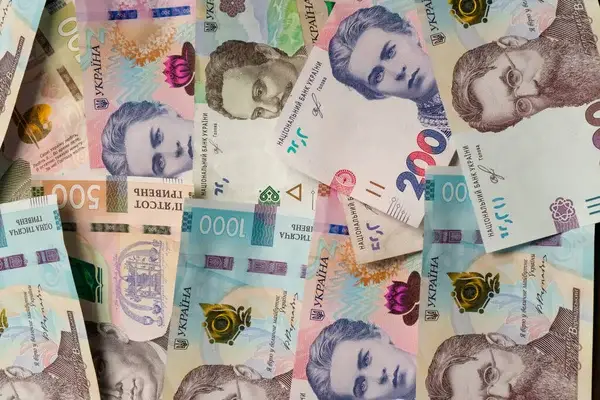The state of Ukraine's economy during war: challenges and prospects

At the beginning of the current year, experts voiced pessimistic predictions regarding the state of Ukraine's economy, based on the results of the first year of the war. The main reason for such forecasts was the steep decline in Ukraine's GDP in 2022, by over 29%. This was due to a series of negative factors, including the almost complete cessation of business activity in March-May of the previous year, a fuel crisis, a rapid decrease in export volumes, disruptions in logistical chains, and attacks on the energy infrastructure. Economist Sergei Marchenko acknowledged that at that time, no one expected the economy to grow in 2023.
However, current forecasts are becoming more optimistic. The National Bank, which previously predicted that Ukraine's GDP growth in 2023 would be at most 0.3%, now expects growth at the level of 2.9%. It is worth noting that the forecast is based on a conservative scenario, which takes into account the possibility of the active hostilities continuing until mid-2024 and restrictions on exports due to the suspension of the Grain Trade Agreement. Additionally, Ukraine remains dependent on international financing, without which the state budget cannot cope with the deficit.
The government has also expressed its expectations, stating that the GDP growth rate in Ukraine for 2023 may accelerate to 4%. The International Monetary Fund, after thorough examination of the situation in the Ukrainian economy, expects GDP growth to range from 1% to 3%. Although in the spring, the IMF did not rule out the possibility of a 3% reduction in this indicator.
There are several factors that have contributed to the stabilisation of Ukraine's economy.
International assistance continues to be one of the key sources of funding for the state budget, and its volume this year may exceed $42 billion. According to the National Bank's data, this financial support covers the budget deficit of 1.5 trillion hryvnias. The NBU's release notes that the dynamic attraction of funds from partner countries and international organisations increases the National Bank's ability to support the stability of the hryvnia exchange rate and gradually ease currency restrictions. In recent months, the cash exchange rate of the hryvnia has significantly strengthened, approaching the official rate of 36.57 hryvnias per one dollar. This has also influenced the slowdown in inflation and a revision of price growth forecasts.
The rapid restoration of the energy infrastructure after Russian shelling is one of the key reasons for the revised forecast, while the scenario allows for the possibility of continued large-scale attacks. This refers not only to the restoration of infrastructure after Russian shelling but also to an adequate supply of fuel in the domestic market. In addition, the NBU expects a weakening of inflationary pressure due to the lower cost of energy carriers in the global markets.
Another important factor is the reduction in the intensity of shelling and the massive return of refugees this summer, which significantly contributes to increased business activity and an influx of funds into the state budget.









